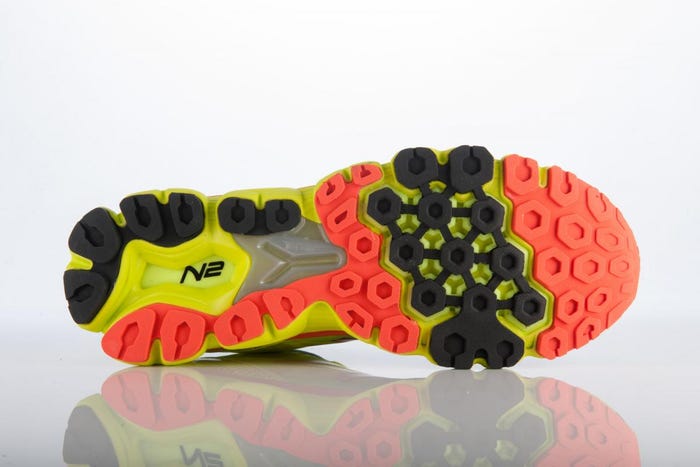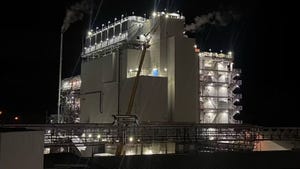Trexel’s MuCell technology a fit for New Balance running shoes
Trexel Inc.'s MuCell technology continues to find success in a wide range of products since its introduction more than two decades ago. It's a processing science that provides advanced benefits to the science of other products, including the science of running shoe manufacturing. New Balance incorporated Trexel's MuCell processing technology in the development of their running shoe components - blending the right form, function and materials to achieve the highest performance and fit.
September 25, 2014

Trexel Inc.'s MuCell technology continues to find success in a wide range of products since its introduction more than two decades ago. It's a processing science that provides advanced benefits to the science of other products, including the science of running shoe manufacturing. New Balance incorporated Trexel's MuCell processing technology in the development of their running shoe components - blending the right form, function and materials to achieve the highest performance and fit.
The current molding program for mid-sole and heel components is incorporated into the production of over one million pairs of running shoes a year. The running shoe designs utilize three different forefront parts - in 23 sizes along with two heel parts in six different sizes, all molded with MuCell.
 "We have incorporated the MuCell processing technology into our manufacturing process for over four years now, and that has allowed us to customize our designs to offer premium cushioning with a reduced amount of material," said Katherine Petrecca, strategic business unit manager for New Balance. "We have found the durability of these components exceeds standard foam running shoe applications - offering a longer wearing shoe with more rebound and energy return to our customers."
"We have incorporated the MuCell processing technology into our manufacturing process for over four years now, and that has allowed us to customize our designs to offer premium cushioning with a reduced amount of material," said Katherine Petrecca, strategic business unit manager for New Balance. "We have found the durability of these components exceeds standard foam running shoe applications - offering a longer wearing shoe with more rebound and energy return to our customers."
While Trexel's MuCell processing technology has been used in durable goods applications such as automotive and consumer electronics for more than two decades, MuCell technology is proving beneficial to a variety of applications in other markets as well as the technology's benefits become more obvious.
Braig told PlasticsToday that MuCell technology has provided numerous cost and processing advantages for a wide range of applications that include consumer, industrial, packaging, and white goods (appliances). "The process provides unique design flexibility and cost savings opportunities not found in conventional injection molding," Braig said. "The combination of density reduction and design for functionality often results in material and weight savings of more than 20%. The process allows for reduced cycle times and clamp tonnage requirements as well as more uniform parts and improved dimensional stability.
"The benefits from one industry easily cross over to others," Braig added. "For instance, an automotive application of energy absorption pads read similar successful results to the New Balance running shoe application."
Trexel has led the development of the MuCell Microcellular foaming technology and has pioneered many plastic processing solutions. Process deployment, as well as equipment, is supported by teams of highly qualified engineers through Trexel subsidiaries in North America, Europe, and Asia, according to the company.
About the Author(s)
You May Also Like




